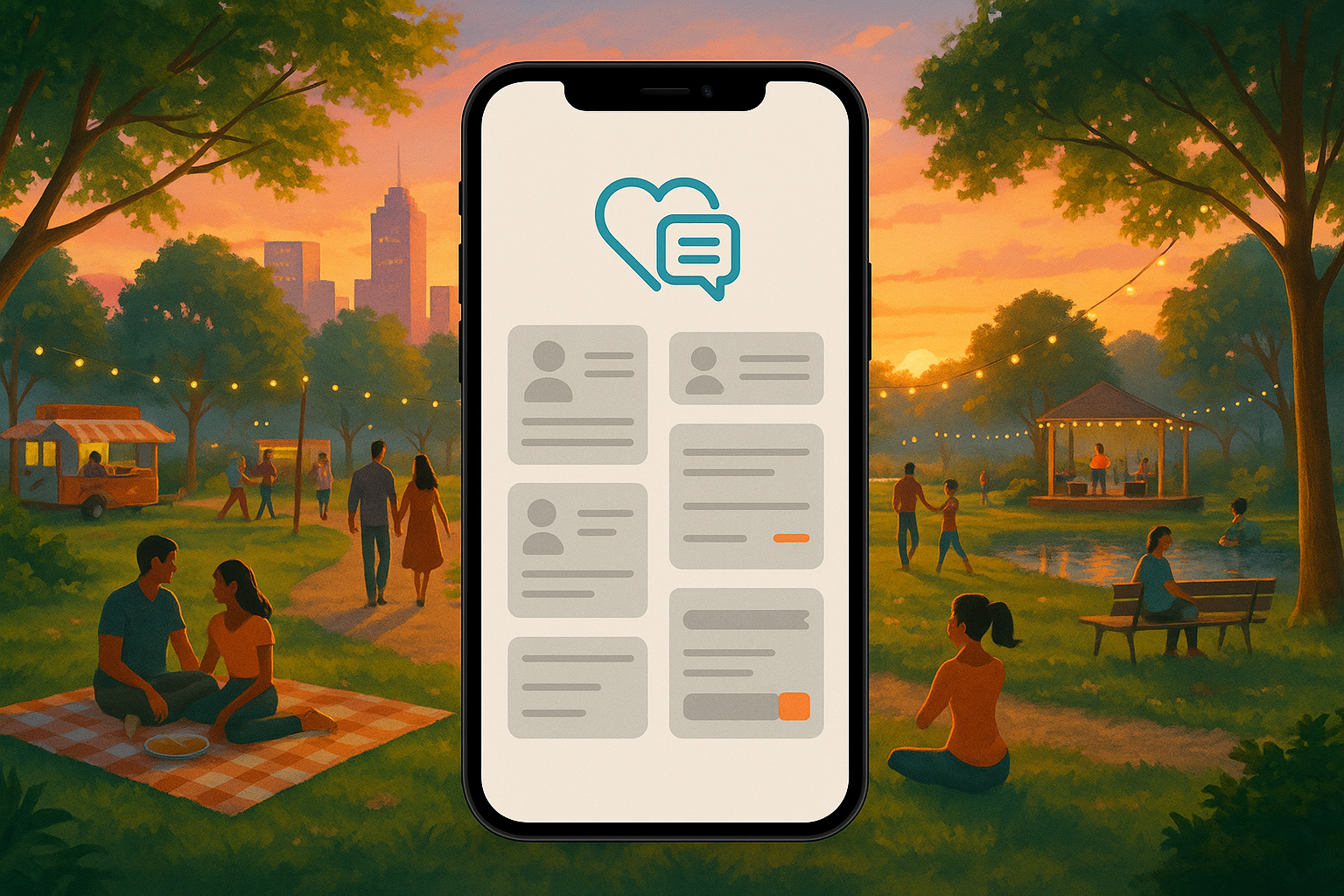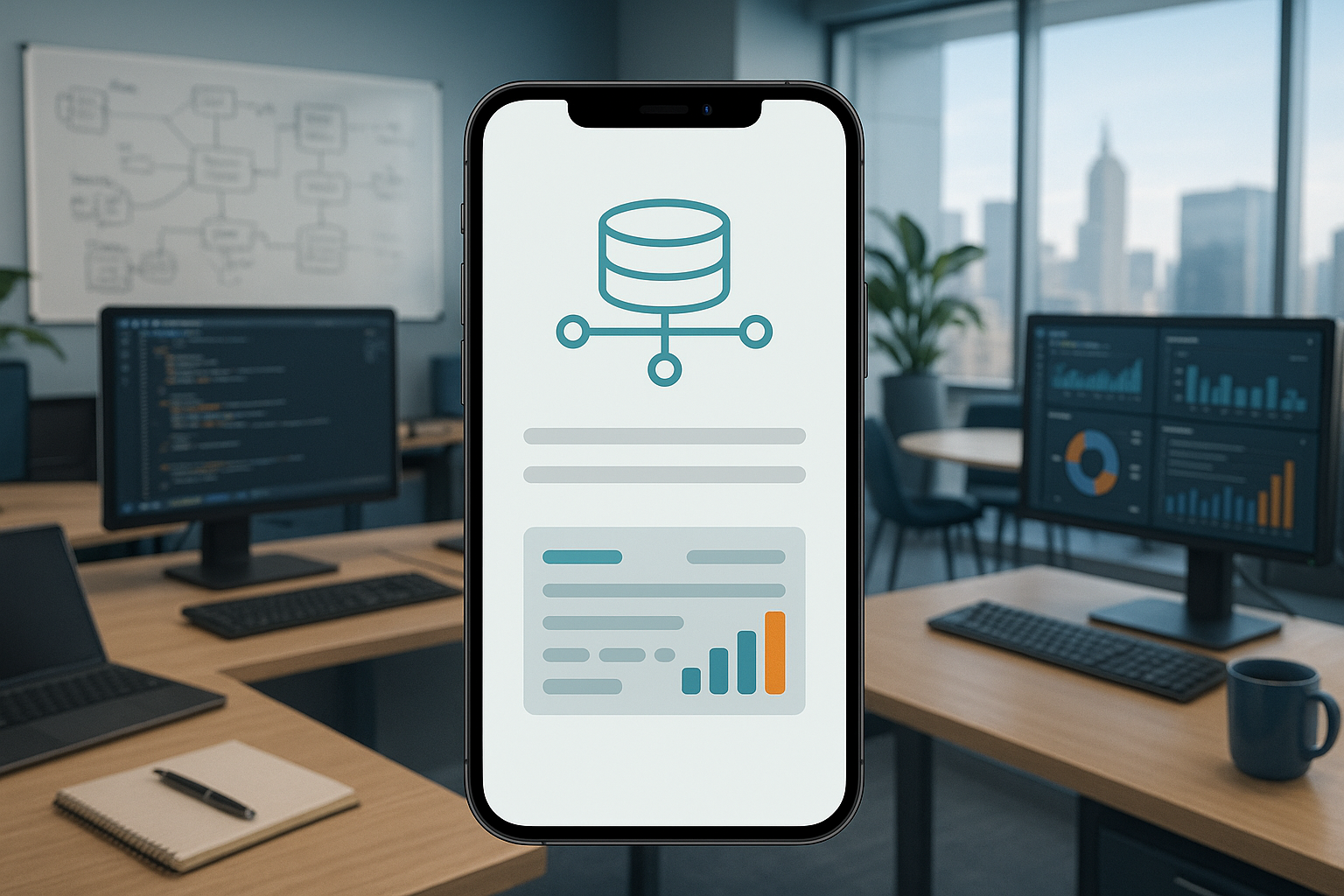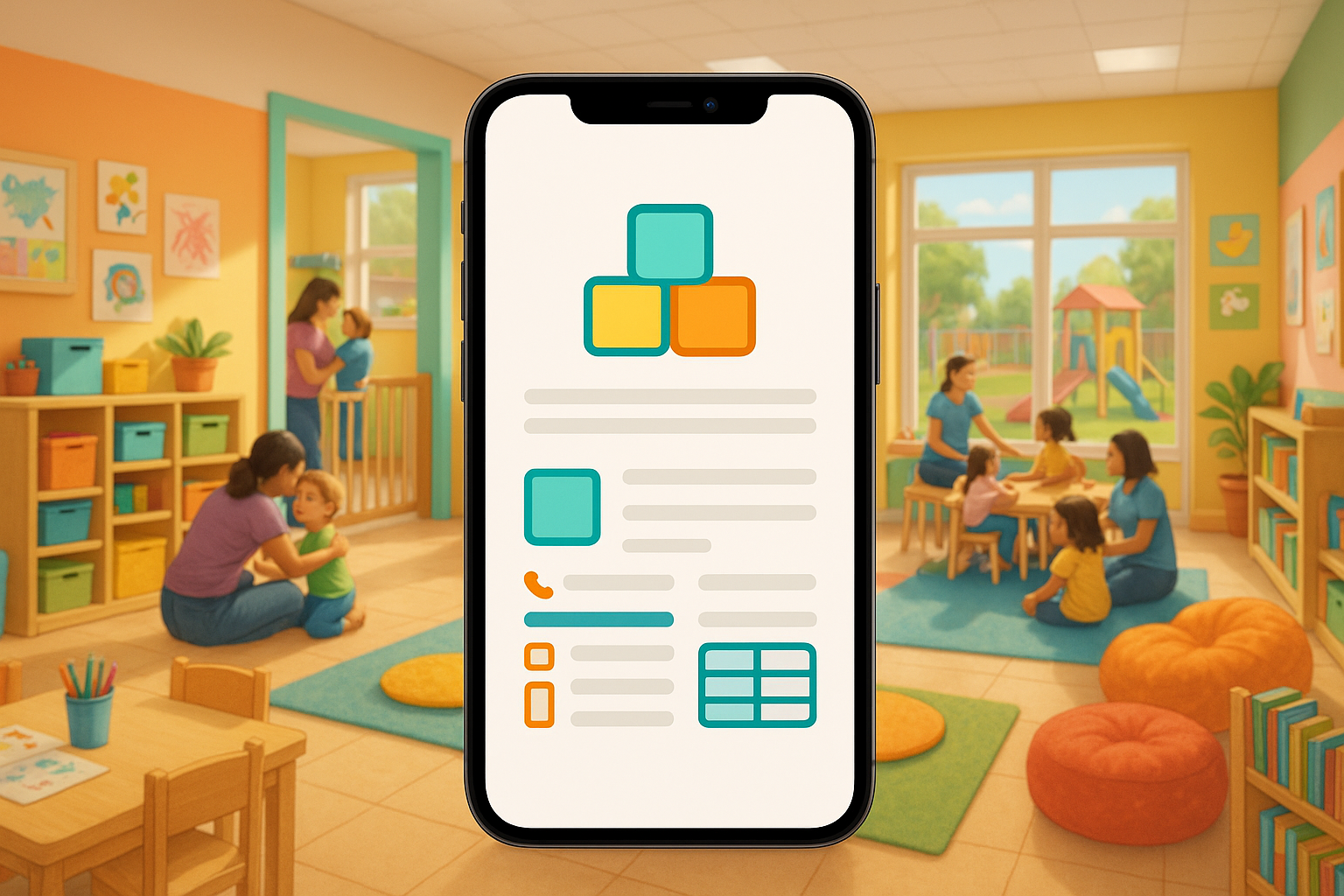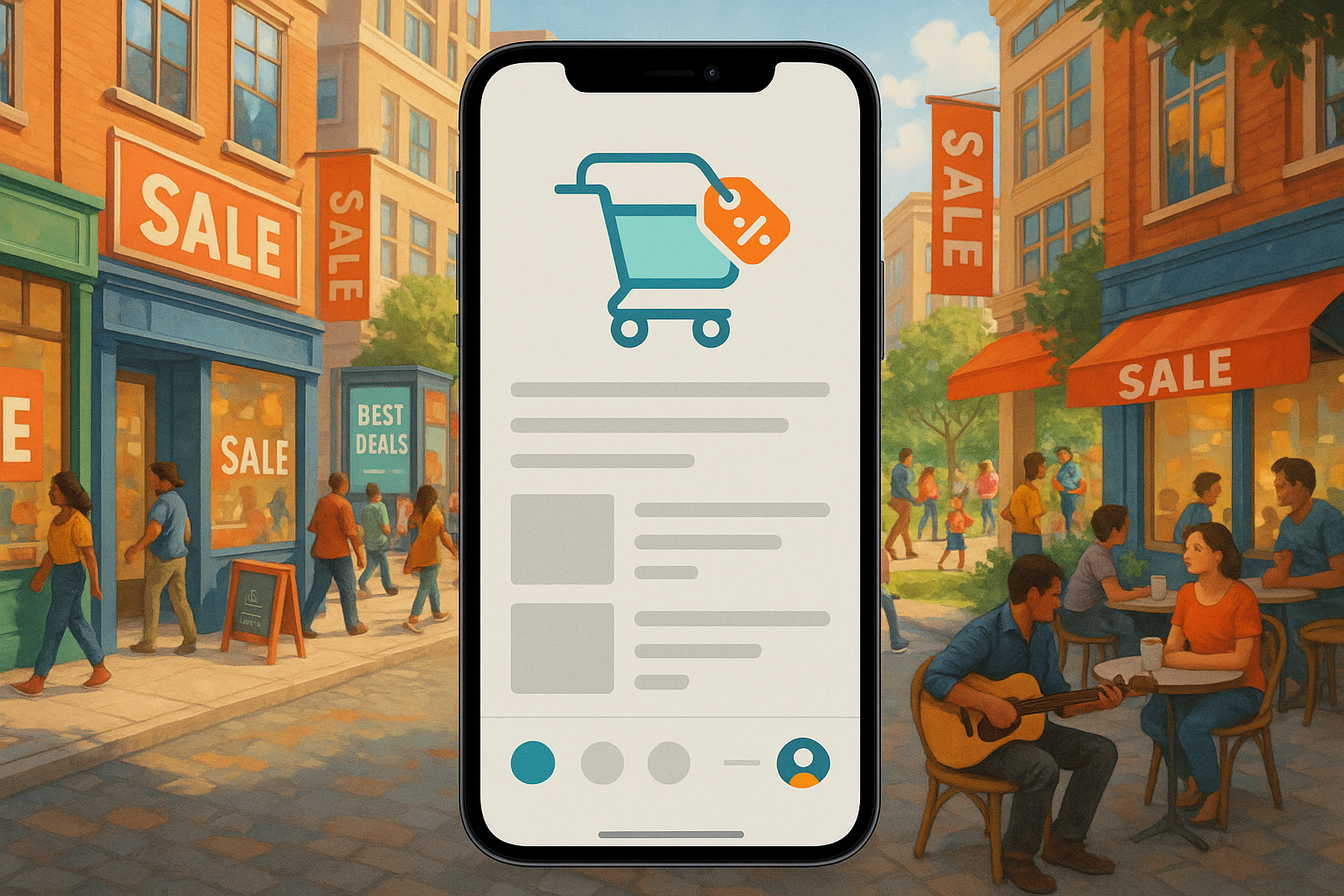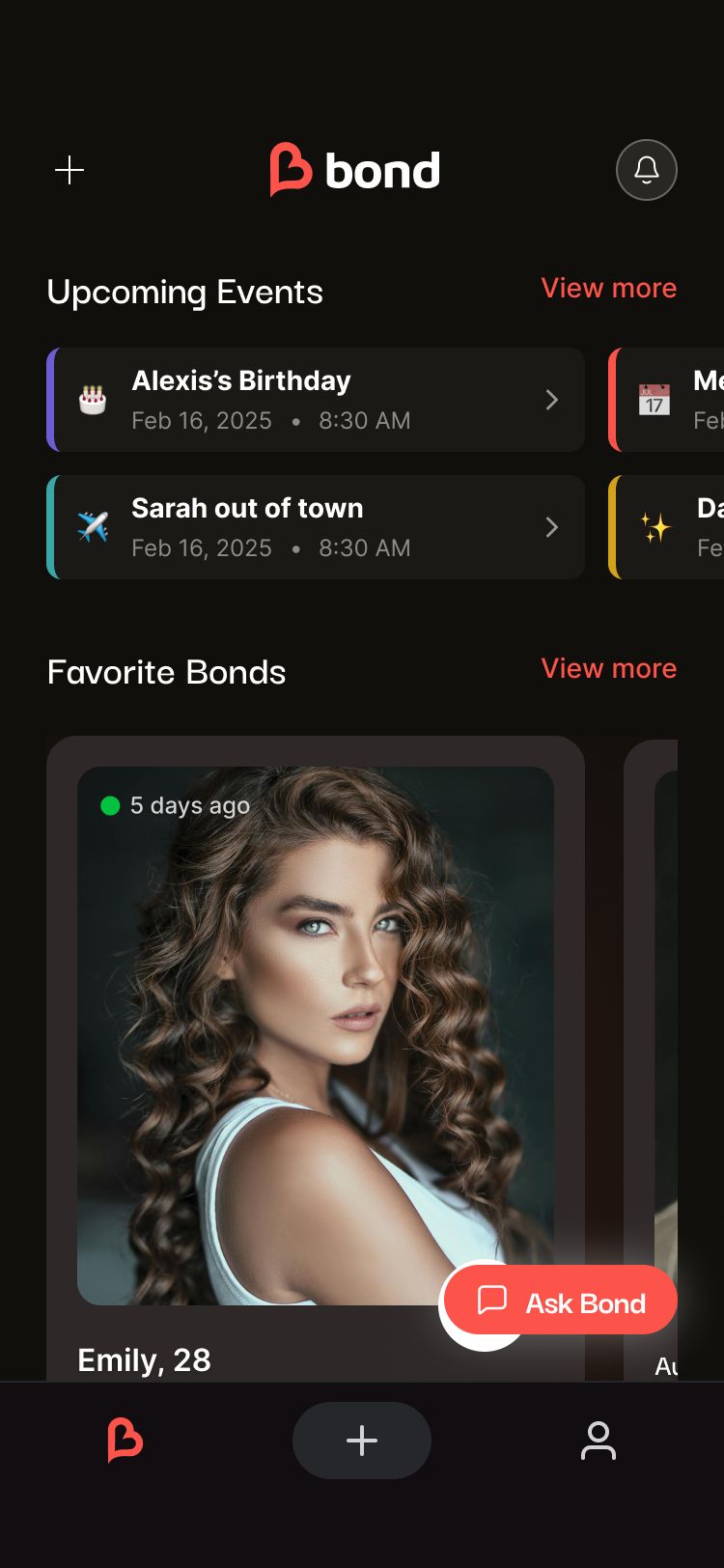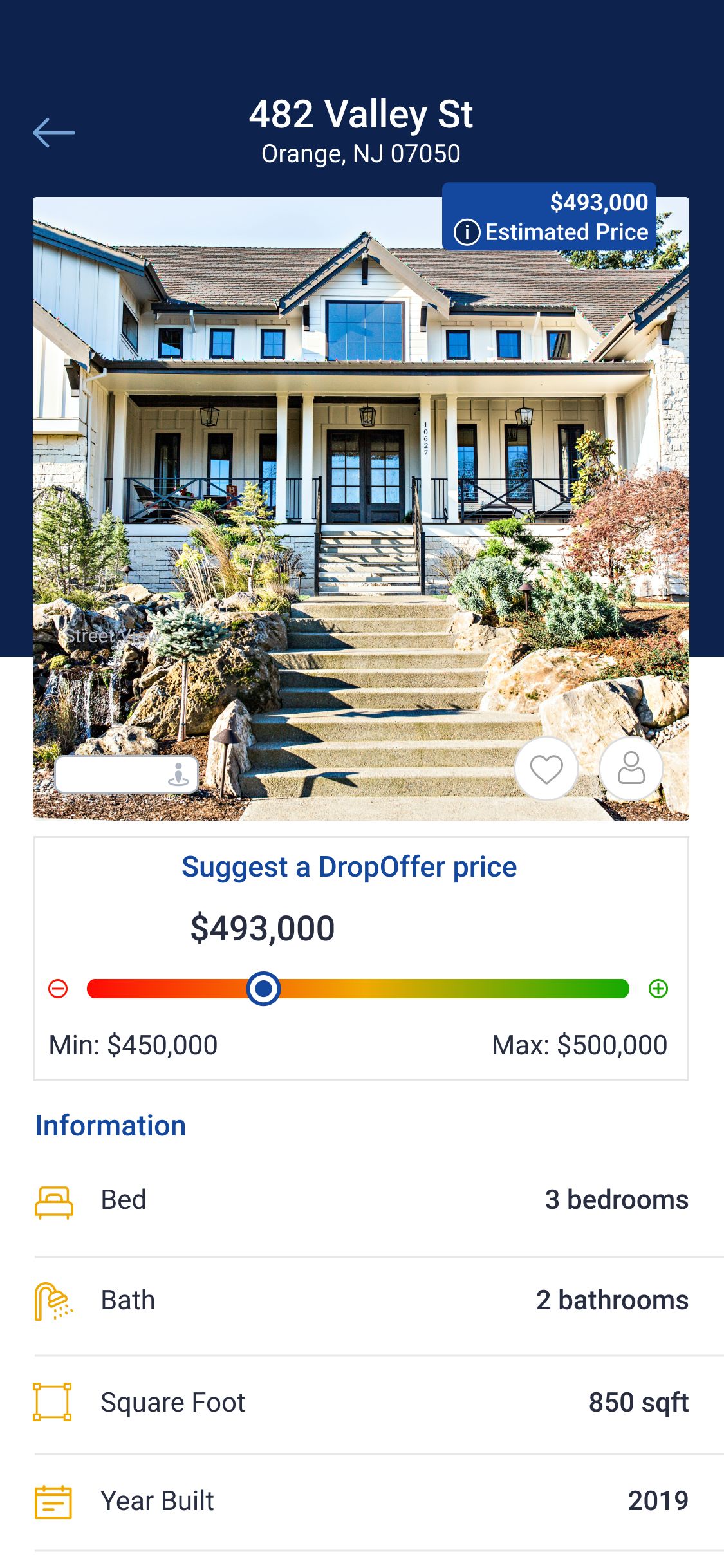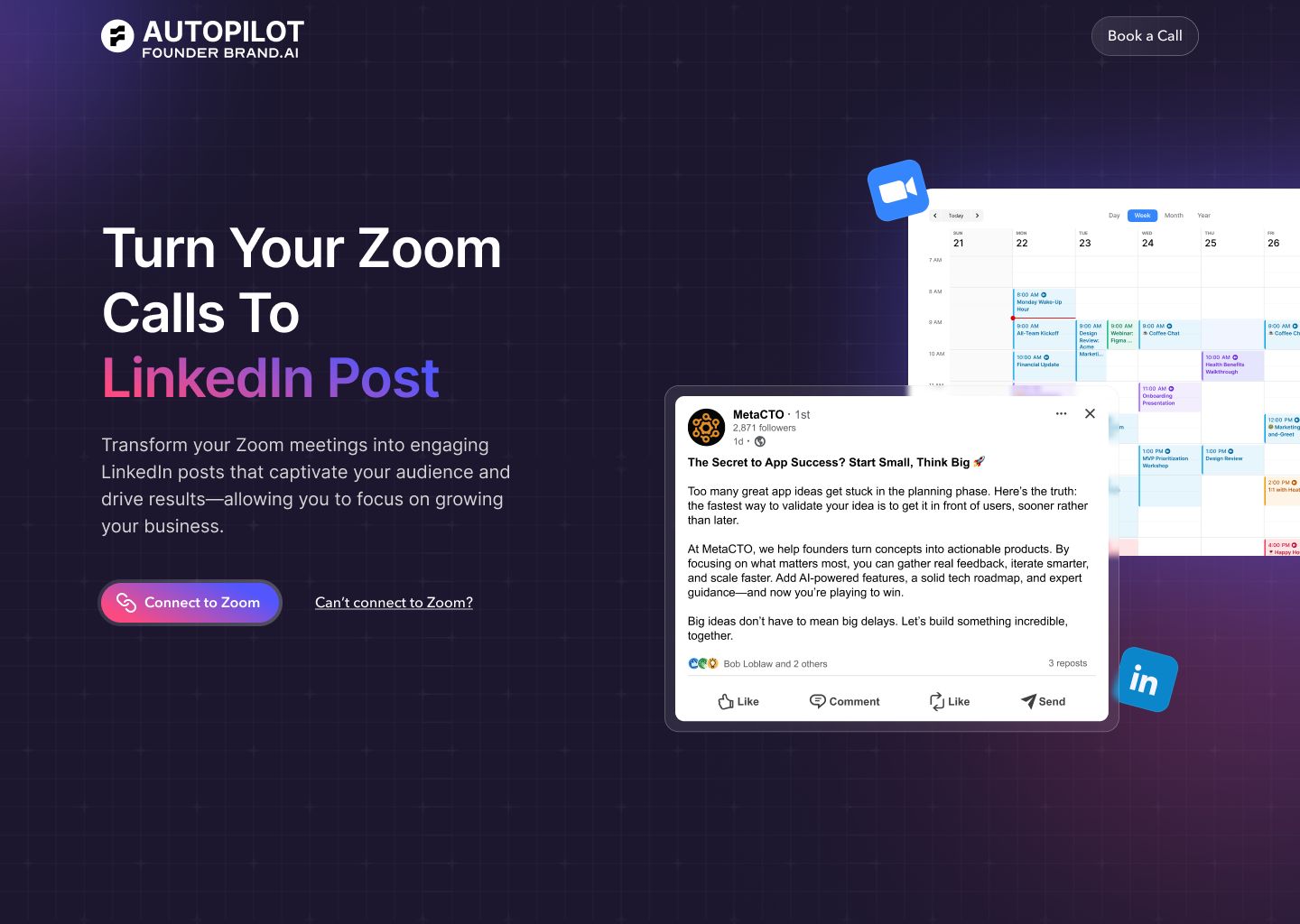The Modern Maze of Matchmaking: A Guide to Dating App Development
The digital landscape has fundamentally changed how people connect, and at the heart of this transformation are dating applications. The prospect of creating the next major platform that helps people find love, friendship, or companionship is an alluring one for many entrepreneurs and businesses. However, the path from a great idea to a successful, functioning dating app is fraught with technical complexities, strategic decisions, and significant financial investment. The challenge lies not just in creating a user interface, but in building the sophisticated engine that powers meaningful matches, ensures user security, and provides a seamless experience.
This article serves as a comprehensive guide to navigating the intricate world of dating app development. We will explore the fundamental components of a dating app, dissect the significant hurdles of in-house development, and analyze the different types of apps and their underlying algorithmic philosophies. Furthermore, we will provide a detailed breakdown of potential development costs and introduce leading companies in the space. As a top US AI-powered app development firm with over 20 years of experience, we at MetaCTO have guided countless projects from concept to launch. We understand the nuances of this market and are experts in integrating the complex systems required for a successful dating app. This guide will leverage that expertise to provide you with the critical information needed to embark on your development journey.
What is a Dating App?
At its core, a dating app is a sophisticated software application designed to facilitate romantic or social connections between its users. But what truly defines it is the technology working behind the scenes. The central nervous system of any dating app is its algorithm, which is essentially a set of instructions or rules the app uses for decision-making. This algorithm is responsible for finding and sorting potential matches for a user based on a wide array of inputs.
These inputs can be explicit, such as information gathered from user surveys and profile details, or implicit, derived from user behavior within the app. For example, if a user consistently shows a preference for profiles of people who describe themselves as “outdoorsy extroverts” with careers in academia, the algorithm is the mathematical formula that recognizes this pattern. It then adjusts the user’s feed to prioritize profiles that share these characteristics, increasing the likelihood of a successful connection.
However, it is crucial to understand that an algorithm is not a magical solution or a silver bullet for creating successful relationships. It is merely the equation used to match one profile with another. The true effectiveness of a dating app hinges on how well its algorithm reflects the app’s core purpose and the kind of community its creators wish to build. From gamified swiping mechanics introduced by Tinder to intricate, data-driven compatibility scores pioneered by OkCupid, the algorithm dictates the entire user experience.
The In-House Dilemma: Why Building a Dating App is So Difficult
Attempting to build a sophisticated dating application entirely in-house presents a formidable set of challenges that can derail even the most promising projects. While the allure of full control is strong, the practical realities of cost, time, and required expertise often make it an inefficient and risky path.
The Triple Threat: Time, Capital, and Infrastructure
One of the most underestimated components of a dating app is the in-app chat functionality. It seems simple on the surface, but building a real-time, reliable, and secure chat system from scratch is an intensely time-consuming process. It demands not only significant development hours but also a substantial amount of capital. Furthermore, it requires setting up and maintaining the right infrastructure to handle thousands or even millions of concurrent conversations without lag or failure. This single feature can become a project in itself, diverting resources from the app’s core value proposition.
Beyond chat, the total project cost for developing a full-featured dating app with an in-house team of developers and designers can easily soar to $150,000 or more. This figure doesn’t even account for the ongoing costs of server maintenance, updates, and bug fixes, which are substantial. Companies that build their technology from the ground up, especially complex components like chat and proprietary algorithms, must commit the necessary resources to maintain that technology indefinitely.
The Hidden Drain: Opportunity Cost
Choosing the in-house route often incurs a significant opportunity cost. Every hour your development team spends building a chat system is an hour they are not spending on creating unique, revenue-generating features that differentiate your app in a crowded market. By leveraging a pre-built chat API, for instance, developers could divert their valuable attention toward refining the matching algorithm, designing a more engaging user experience, or developing advanced monetization strategies. This trade-off between building foundational technology and innovating on core features is a critical strategic decision.
The Herculean Task of a Home-Built Algorithm
Perhaps the most daunting in-house task is creating a proprietary matching algorithm. As exemplified by OkCupid, building a home-built algorithm is the most expensive route an app creator can take. This endeavor requires a dual effort: your developers must not only build the app and implement the algorithm, but your team must also conceptualize, design, and test the complex mathematical model of the algorithm itself. This requires a rare combination of data science, software engineering, and even social psychology expertise that is difficult and costly to assemble.
How a Development Partner Like MetaCTO Can Help
These challenges are precisely why many successful apps partner with an expert development agency. At MetaCTO, we specialize in navigating these complexities. We handle the entire process—from strategy and design to building and launching—which allows you to go to market faster and slash costs. Our 20 years of experience and over 120 successful projects mean we provide the expert guidance needed to avoid common pitfalls. Instead of your team wrestling with chat infrastructure or spending a year designing an algorithm, you can leverage our pre-vetted solutions and focus on your business goals. We transform your big idea into a polished, market-ready app without the immense strain of in-house development.
A Spectrum of Connection: Different Types of Dating Apps and Their Algorithms
A dating app’s success is not just about having an algorithm, but about having the right algorithm. The set of rules used for matching must directly reflect the app’s unique mission and the specific community it aims to serve. The diversity in the market showcases how tailored algorithms can create vastly different user experiences.
Niche and Specialized Apps
Many modern dating apps have found success by moving away from a one-size-fits-all approach and catering to specific communities or interests. The algorithm is the key to serving these niches effectively.
- Kippo, a dating app for gamers, requires an algorithm that does more than just match profiles. It needs to prioritize shared interests in specific games or gaming cultures to facilitate genuine discussions and connections.
- NUiT builds its entire premise around astrology. Consequently, its algorithm must be designed to process and compare complex astrological charts to find cosmically compatible matches.
- Chorus introduces a social matchmaking element by letting friends swipe for each other. This unique model demands an algorithm sophisticated enough to handle two distinct user roles—the dater and their friend “chorus”—and their respective inputs.
- Snack emulates the feel of TikTok by using short-form videos instead of static profiles. Its algorithm must therefore be built to incorporate and analyze video data, a much more complex task than processing text or images.
- Lex, in contrast, is a text-based app for the LGBTQ+ community. Its minimalist approach means its algorithm only needs to handle the smaller file sizes of text data, allowing for a more streamlined, though no less effective, matching process.
The fundamental principle is that the more complex the data you want to use for matching—be it video, astrological charts, or dual user roles—the more complex the algorithm must be. However, developers must balance this complexity with practicality. Human social relationships are incredibly nuanced, and it is likely impossible to build an algorithm as complex as romance itself. At some point, the sheer size and complexity of the matching equation can overpower its ability to function effectively.
Deep Dive: A Look at Major Algorithm Philosophies
While many apps guard their matching technology closely, the approaches taken by some of the industry’s biggest players reveal distinct philosophies on how to connect people.
The Secretive Approach: The Industry Norm
It has become standard practice in the dating app industry to guard algorithms as valuable trade secrets. Giants like Bumble, Match, and eHarmony do not publicly discuss the specific mechanics of their matching systems. Similarly, Tinder, which once famously used the chess-derived Elo rating system, is now vocal that it no longer uses that method but remains tight-lipped about its current algorithm. The Elo system, created for chess competitions, would increase or decrease a user’s “desirability” score based on whether other users swiped right (a “win”) or left (a “loss”) on their profile, then match users with similar scores. Today, Tinder’s only public advice is that the best way to get matches is to be online and swiping frequently. The company is also working on a mysterious high-end service called “Tinder Vault,” expected to cost $500 a month, but has not revealed what algorithms it will use.
The Transparent Approach: Hinge and Stable Matching
In a notable departure from the norm, Hinge is one of the only major dating apps that is open about its core algorithm. Hinge uses the Gale-Shapley algorithm, a classic and highly respected method for “stable matching.” This algorithm’s power and reliability are proven; since the 1960s, it has been used for critical, real-world pairings like matching medical students with hospitals for their residencies and even matching organ donors to recipients.
The Gale-Shapley algorithm is effective because it creates stable pairs. In the context of dating, this means Hinge’s app considers not just what kind of person you might want to date, but also how much that person is likely to like you back. It balances how one party is perceived by other users, ensuring that each person is paired with the individual best suited to them based on mutual preferences. This creates a more equitable and potentially more successful matching environment.
The Data-Intensive Approach: OkCupid’s Home-Built Engine
Before OkCupid, dating apps generally operated in one of two ways: they either provided a search function for users to sift through profiles based on filters, or they delivered a handful of random profiles each day. The creators of OkCupid opted for a hybrid model that included both a matching system and a robust search option.
Complexity is the name of the game at OkCupid. The app’s matching method is powered by a home-built algorithm that pulls from a massive volume of data generated by an extensive user survey. When you answer a question on OkCupid, the algorithm weighs three critical factors:
- How it thinks your potential match will like your answer.
- What you said you wanted your match to answer.
- How important it is to you that your match’s answer aligns with your expectations.
The app calculates a match percentage for each individual question that both users have answered and then averages these scores to produce an overall compatibility percentage for the pairing. This deeply personalized, data-heavy approach is powerful but, as mentioned earlier, represents the most expensive and resource-intensive path to building an algorithm.
The “No Algorithm” Approach: Grindr’s Proximity-First Model
At the other end of the spectrum is Grindr, which largely ditches complex matching algorithms entirely. On Grindr, the user experience is driven by three simple factors: the user’s stated basic preferences (like age and gender), their current geolocation, and when they were last online. The platform’s core philosophy is to let users connect with whoever is nearest and currently available.
While Grindr does use some “automated decision-making” for security purposes, such as identifying bots, its lack of a unique matching algorithm means it also lacks a clear way to differentiate itself from competitors based on match quality. It’s a trade-off: simplicity and immediacy in exchange for algorithmic depth.
The Strategic Choice: In-House vs. Third-Party Algorithm
Ultimately, app creators face a critical decision. If you want to differentiate your app based on a unique, proprietary approach to matching, you will likely need to build an algorithm in-house. However, if your algorithmic needs are not overly complex and your priority is to get an app up and running quickly, leveraging a third-party algorithm or a simpler matching model would make more sense. This decision will profoundly impact your budget, timeline, and long-term business strategy.
Estimating the Investment: A Cost Breakdown for Dating App Development
Understanding the potential costs is essential before embarking on a dating app project. The total investment can vary dramatically based on the complexity of features, the quality of the user interface, and the level of security required. Below is a detailed breakdown of estimated costs for different components, which can help you budget accordingly. These figures illustrate why a full-featured app built by an in-house team can easily reach the $150,000+ mark.
Core Feature Development
The features are the functional heart of your app. They range from the absolute basics needed to operate to advanced functionalities that provide a premium experience.
| Feature Tier | Included Features | Estimated Cost |
|---|---|---|
| Basic | Sign-up, Profile Creation, Basic Swiping, Messaging | $20,000 – $40,000 |
| Medium | Filters, Geolocation, Profile Preferences, Push Notifications | $40,000 – $70,000 |
| Advanced | AI Matchmaking, Video Calls, Content Moderation, Premium Subscriptions | $70,000 – $120,000+ |
User Interface (UI) and User Experience (UX) Design
The look and feel of your app are critical for attracting and retaining users. A poor design can render even the most powerful algorithm useless.
| UI/UX Tier | Description | Estimated Cost |
|---|---|---|
| Basic | Template-based design with minimal customization | $3,000 – $5,000 |
| Standard | Branded, responsive layout for multiple device sizes | $5,000 – $12,000 |
| Advanced | High-fidelity mockups, animations, custom illustrations | $12,000 – $20,000 |
API and Third-Party Integrations
No app is an island. Integrating with other services is essential for features like social logins, payments, and mapping.
| Integration Tier | Included Services | Estimated Cost |
|---|---|---|
| Basic | Social Login (Facebook/Google), Image Upload | $2,000 – $4,000 |
| Mid-Level | Google Maps, Stripe (Payments), Chat Messaging APIs | $4,000 – $8,000 |
| Advanced AI | Video Calling APIs, AI Moderation, Analytics | $8,000 – $15,000 |
Security Features
In an app that handles sensitive personal data, security is non-negotiable. Building trust with your users starts with protecting their information.
| Security Tier | Included Features | Estimated Cost |
|---|---|---|
| Basic | HTTPS Encryption, Simple User Verification | $3,000 – $5,000 |
| Standard | End-to-End Encryption, Basic Content Moderation, GDPR Compliance | $5,000 – $10,000 |
| Advanced | AI Moderation, Multi-Factor Authentication, Global Compliance Tools | $10,000 – $15,000 |
By summing the costs of advanced features across these categories, it becomes clear how development expenses can quickly accumulate, reinforcing the need for strategic planning and expert partnership.
Top Dating App Development Companies
Choosing the right development partner is arguably the most critical decision you will make. You need a team with the technical expertise, industry experience, and strategic vision to bring your app to life.
1. MetaCTO
As a premier US-based mobile app development agency, we at MetaCTO are experts in building, growing, and monetizing complex, AI-enabled applications. With a 5-star rating on Clutch and over 120 successful projects launched, we have a proven track record of transforming ambitious ideas into market-leading products.
What sets us apart is our holistic approach. We are more than just coders; we are strategic partners. Our process starts with validating your idea and developing a product roadmap, often through our 90-day MVP service, which allows you to test the market and attract investors quickly and on a tight budget. We handle every step of the process—design, build, and launch—ensuring a smooth journey from concept to reality.
Our expertise is particularly relevant for the demanding world of dating apps. We specialize in AI development, a critical component for modern matchmaking algorithms, content moderation, and personalization. Our experience is showcased in projects like the Bond Dating App, where we:
- Defined and structured a dating CRM for managing romantic relationships.
- Integrated AI to deliver personalized insights, summaries, and coaching.
- Designed and implemented Bond.AI chat for contextual conversation support.
- Architected an intuitive UX for managing dynamic relationship inputs like text, media, and voice.
By partnering with us, you gain access to a team founded by experts who can provide fractional CTO guidance, rescue failing projects, and implement sophisticated monetization strategies. We ensure your app is built the right way from day one.
2. JPLoft
JPLoft is another experienced player in the mobile app development space. The company has a demonstrated history of working on dating applications. Their team has planned, designed, and developed a mobile app for both Android and iOS for a dating app client. Their services on this project extended to testing the app to ensure quality and performance. Notably, JPLoft’s team also added AI functionality to the dating app and provided ongoing technical support services, showcasing their capability in handling complex, modern app requirements.
Conclusion: Build Your Connection to Success
Throughout this guide, we have navigated the multifaceted landscape of dating app development. We have seen that creating a successful app is far more than a simple coding exercise; it is a complex undertaking that involves overcoming significant in-house challenges related to time, cost, and technical expertise. We explored the critical role of the algorithm, from the stable matching of Hinge to the data-intensive engine of OkCupid and the location-first simplicity of Grindr, demonstrating that the technology must be deeply aligned with the app’s core mission. Furthermore, the detailed cost breakdowns reveal the substantial financial investment required to build a competitive product.
The journey is complex, but the destination is rewarding. Choosing the right development partner can be the difference between a stalled project and a market success. At MetaCTO, we provide the expert guidance and technical firepower needed to build, launch, and grow your dating app. We handle the complexities of AI integration, secure chat implementation, and scalable infrastructure so you can focus on your vision.
If you are ready to turn your idea for a dating app into a reality, let’s start the conversation. Talk with a dating expert at MetaCTO today to learn how we can integrate sophisticated matching and engagement features into your product and build an app that truly connects with users.
